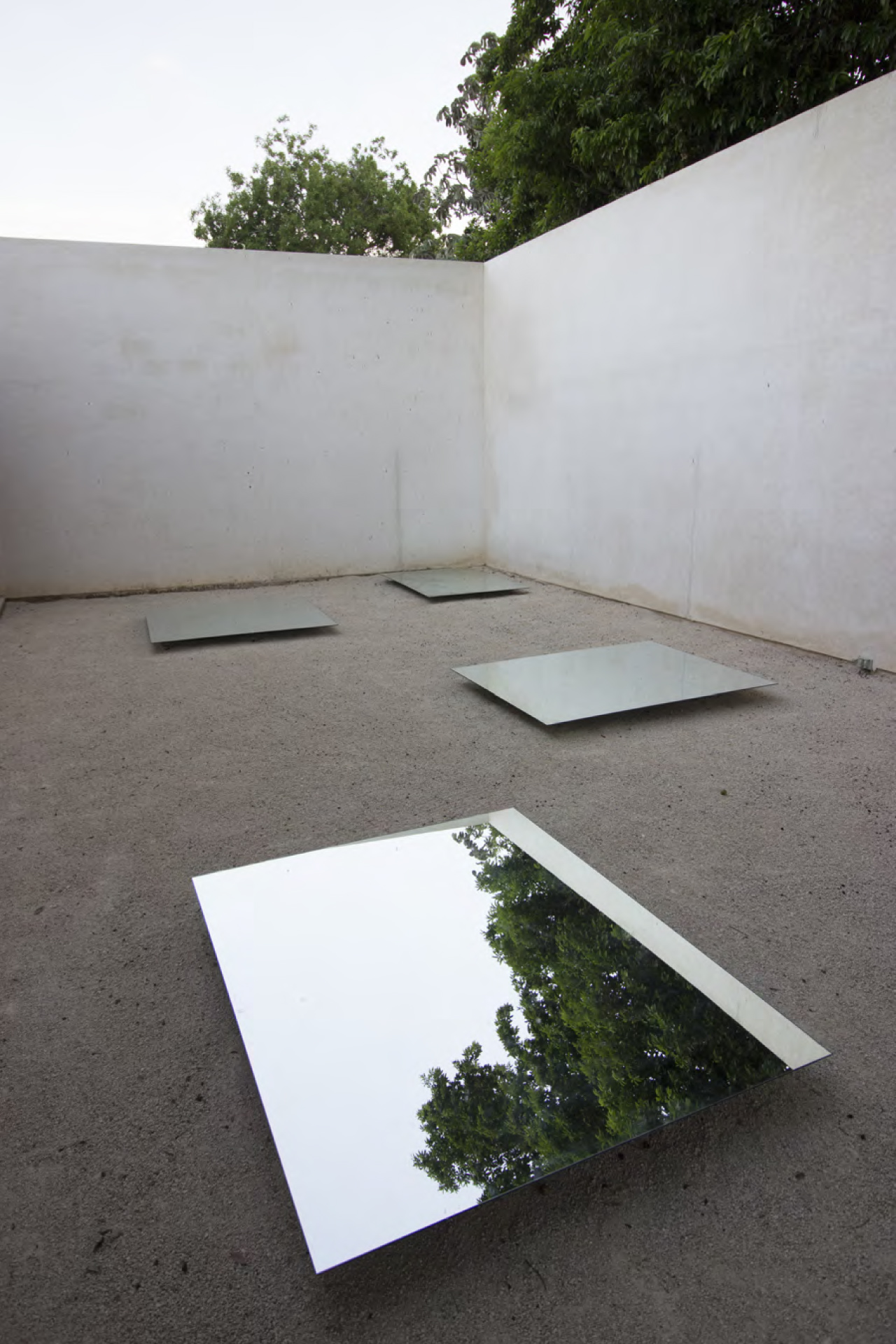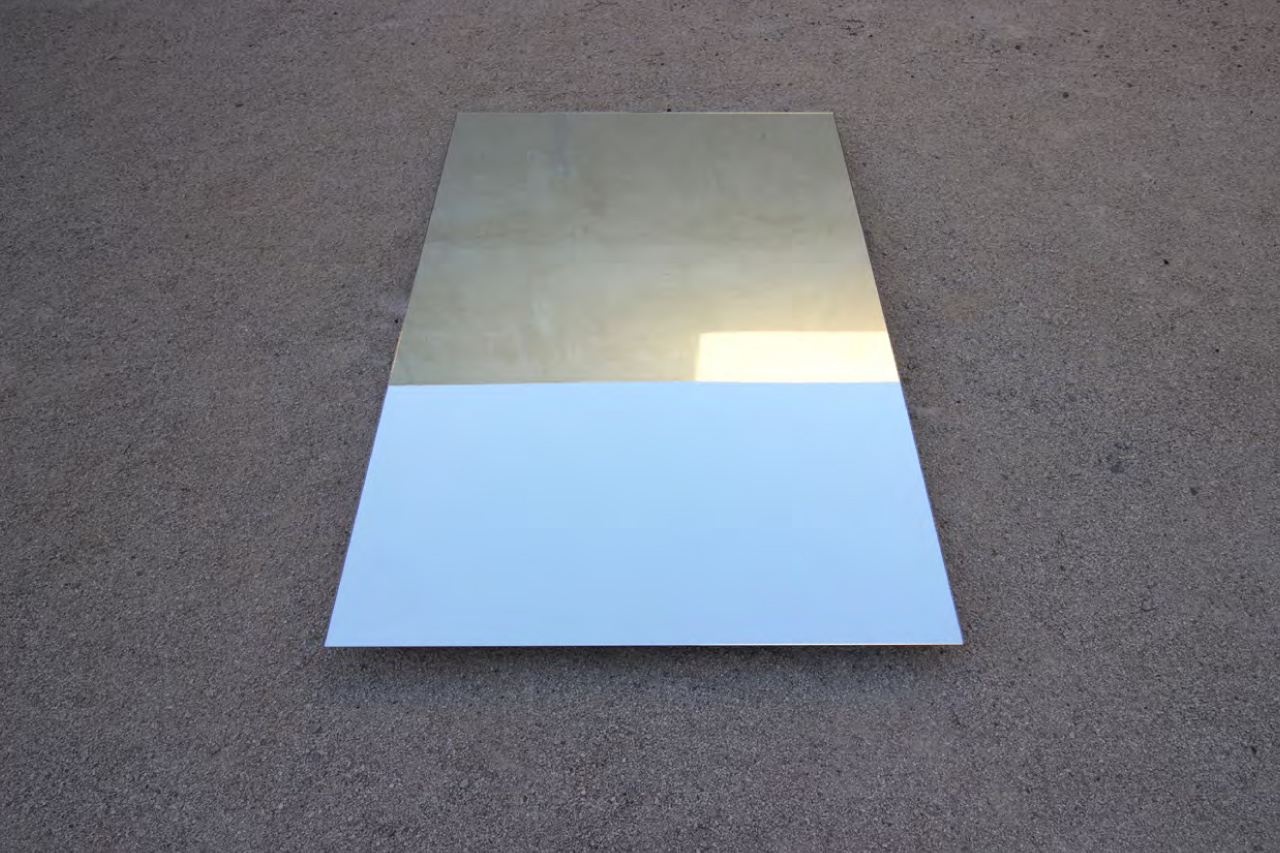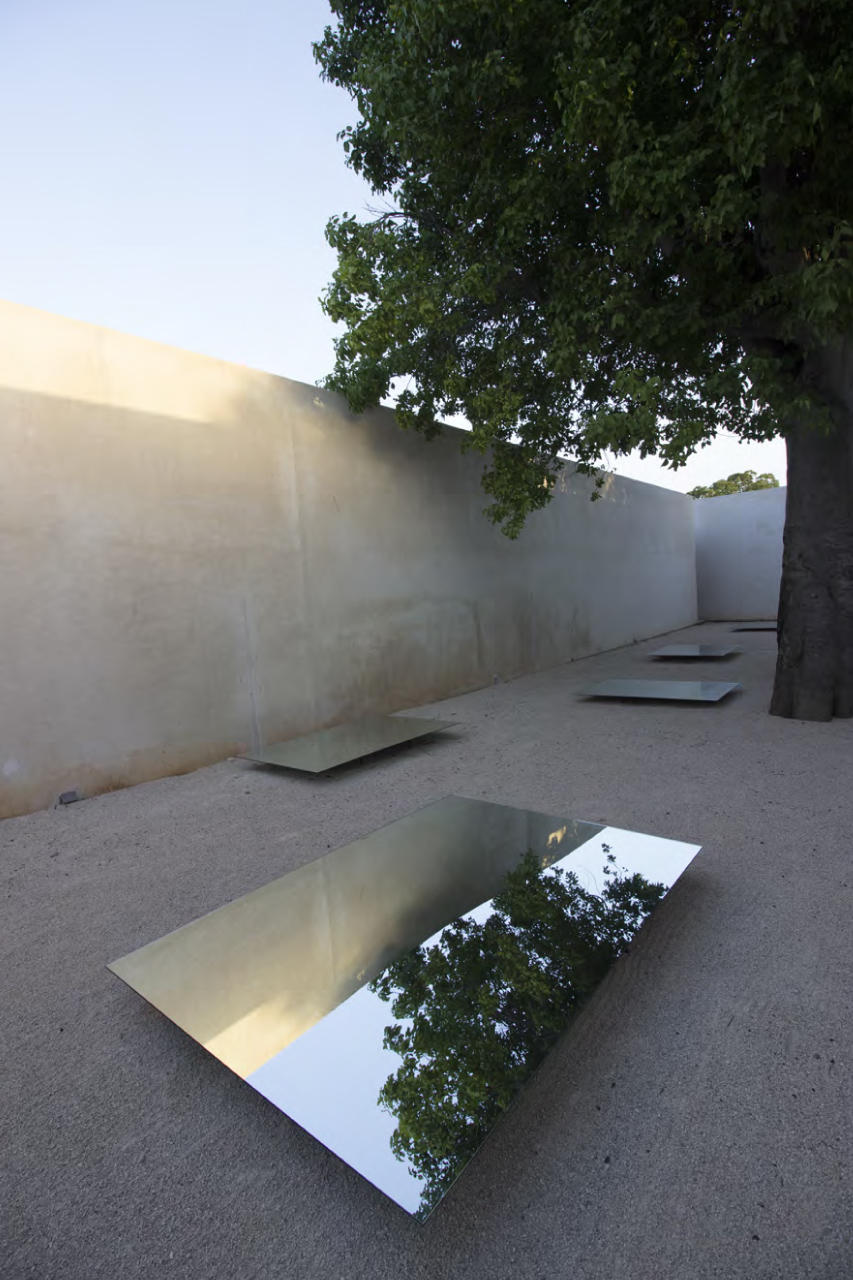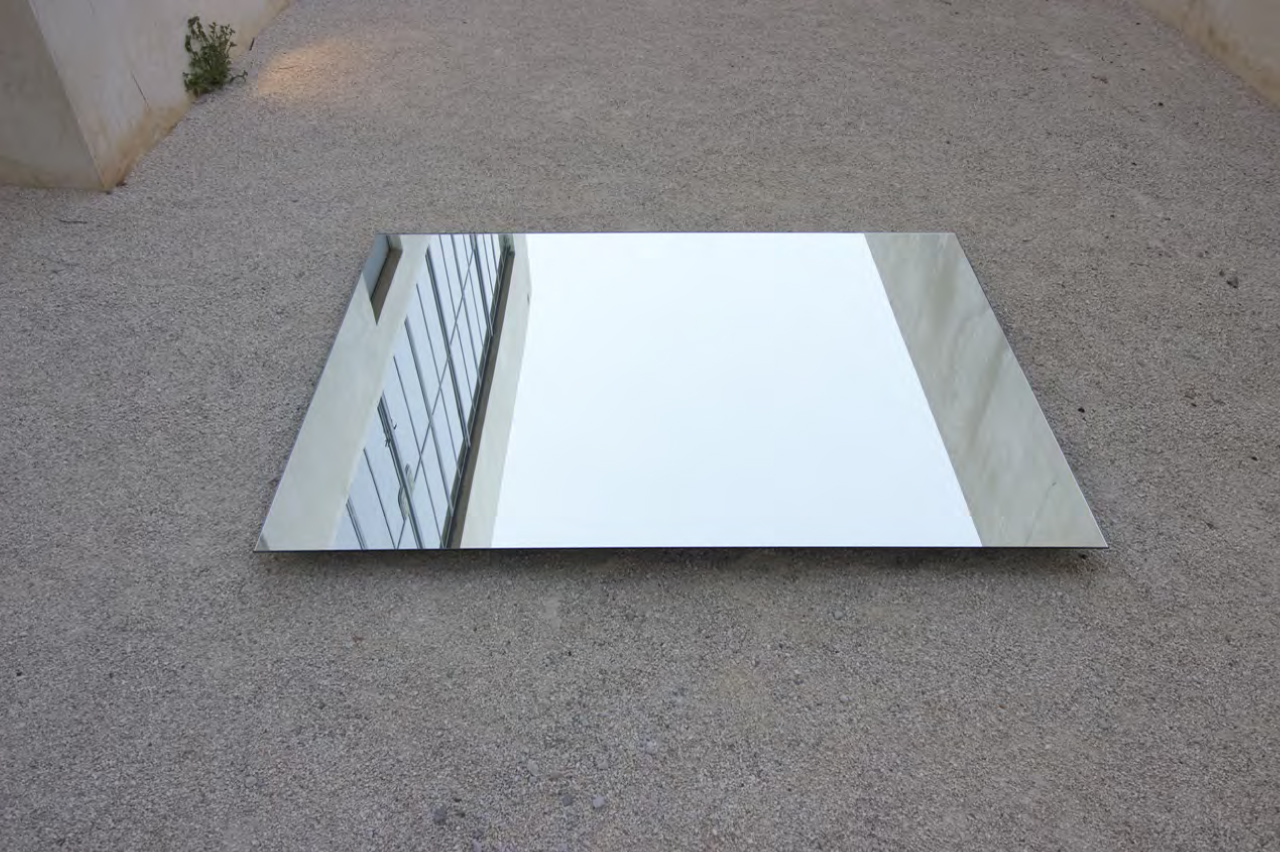In 1722, Johann Sebastian Bach (1685-1750) compiled the first part of ‘The Well-Tempered Clavier.’ Conceived as a didactic piece, Bach said that he created it ‘»for the profit and use of musical youth desirous of learning, and especially for the pastime of those already skilled in this study» is composition by Bach signalled an essential change in the way we think about and create music; since its confection, specific parameters were unfolded, unifying the way instruments are tuned in the West and, hence, marking a new era. From that point on, instead of tuning instruments according to direct mathematical proportions, tuning focused on the human ear and on the relationship between the notes. Ergo, it broke the rigid mathematical link and placed the senses of human beings—listening—in the center of priorities. is way complex ensembles with different instruments, just like in an orchestra, were able to be created.
sin necesidad de título is a project that takes up the different and endless possible interpretations of Bach’s piece by way of a chain of events and intentions that is based on instinct and individuality. Dávila recorded hour-long sessions in which piano students played a piece that each one of them selected from ‘The Well-Tempered Clavier.’ The conglomeration of audios recorded is simultaneously played in an installation of mirrors placed horizontally on the floor of the gallery, ensuring that different voices try to speak one language.

NO TITLE REQUIRED, 2018
Mirrors , Sound Exciters
Installation view at josegarcia ,mx Mérida
Fuga en do(s)*
Paseo.
Escucho.
Pienso.
Siento.
Paseo escuchando y siento pensando.
Pienso escuchar sintiendo que paseo
y
también
siento escuchar que paseo pensando que paseo.
Pienso escuchando
mientras siento a los otros pasear
mientras escuchan sintiendo
y piensan en los otros pasear escuchando.
Escucho paseando y pienso que sienten mis pasos
pasear los que escuchan pensando qué sienten y me veo sentir que siento a los otros escuchar paseando mientras piensan que escucho sintiendo escuchar sus pasos pasear pensando que piensan.
Diego Rabasa
*Con perdón del grafómano, Salvador Elizondo.


Sound becomes space, silence embraces it. And space is the primary condition for sound to propagate, to be perceived and internalized. Also music requires a spatial and temporal structure, it needs a certain distance between sounds, it needs silences or pauses. As well as in visual processes, we need space between the objects included in our perspective to distinguish the limits between shapes. We need space between words to really understand them.
Music intertwines instinct and rationality, whereas the perception of harmony can be considered as a cultural phenomenon as well as the aesthetic codification of listening, alongside the criteria of dissonance and consonance, showing up the relativity of every opinion that we can formulate in an absolute and comprehensive way about the musical experience.
Metal, mirrors, amplifiers and words interact with the space of the José García Art Gallery in in Mérida (Yucatán) in a well-organized, or rather well-tempered, reflection. That is Pablo Dávila (Mexico City, 1983), Mexican artist, who orchestrates, arranges and composes aesthetic and conceptual phonemes, by ensuring that the interlocutor can approach his score codifying language and style. A score of signs reflecting the sky, words, some corners of vegetation coming into contact with symbiotic visual data and sounds, bringing to the surface moods and memories with a single time signature at the beginning of the experience: the subjective and biographical time, therefore personal and relative.
It is a sensory experience. The installation of Dávila reminds us that art is first and foremost an interactive experience with a specific spatial dimension that we are involved in, internal and external, each one with a peculiar “existential timbre”. More precisely, the artist’s reflection develops this time starting from a fundamental work for the history of Western music, Das wohltemperierte Clavier, oder Praeludia, und Fugen durch at Tone und Semitonia better known as The well-tempered clavicémbalo, a compendium composed in the eighteenth century with pedagogical intentions, considered today as a codification of the so-called equal temperament or “good temperament”, an innovative system for that time. Its author is Johan Sebastian Bach.
In the harmony of the reflective materials, in the perfect combination of mirrors staged by Dávila, as a Prelude and Fugue of the same key system, the relativity of every consideration and of our own existence as res cogitans is reflected and it is translated.
It is as if different voices were able to interact on an installation in which the outer space is a sounding board in which the consciousness, or internal space, is amplified. The sensation of spatiality, of formal and conceptual organization is well expressed through the reiteration of the module that becomes a model of interpretation. Everything is coordinated inside a musical and visual system, or architecture, that shows the infinite possible variations of perception, of our experience of reality and cognitive processes. And we experience it, this time, not floating in space but rather by choosing as observation point, the mainland of a warm, sunny and unpredictable Yucatec city.
by Giuliana Schiavone
